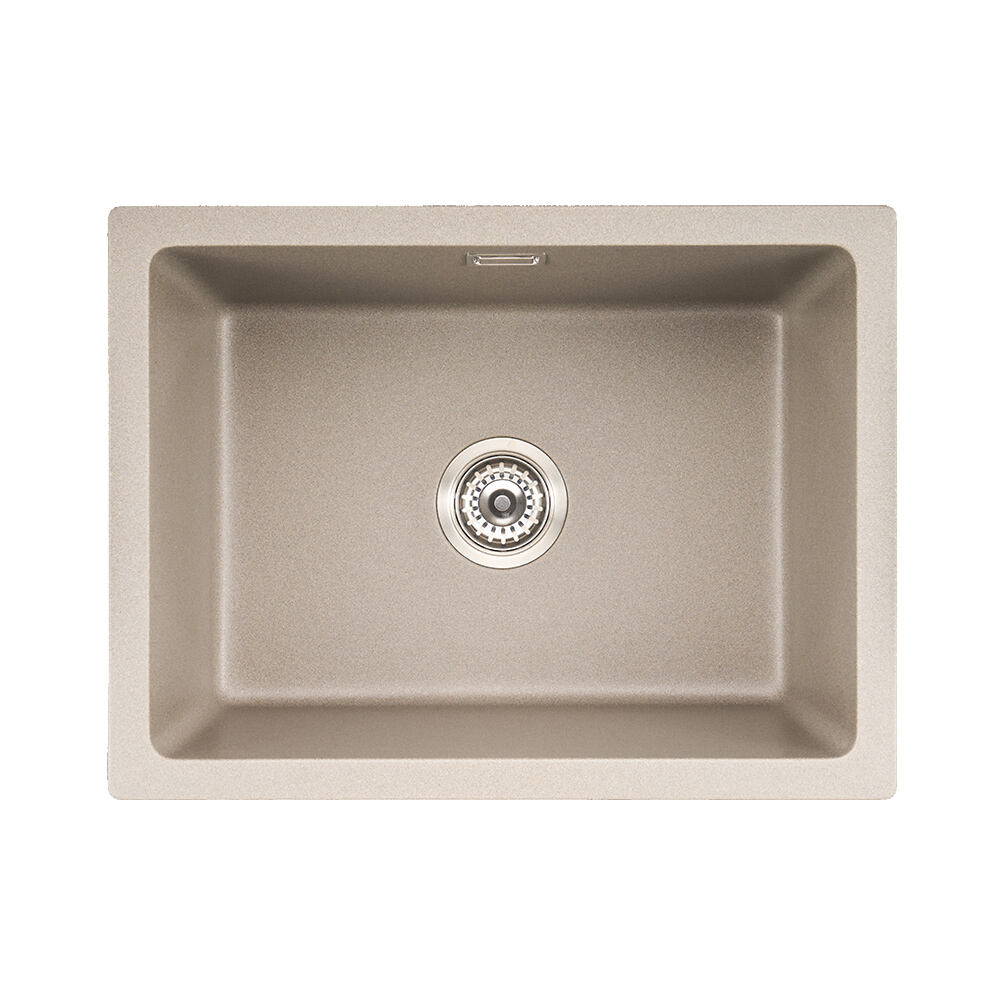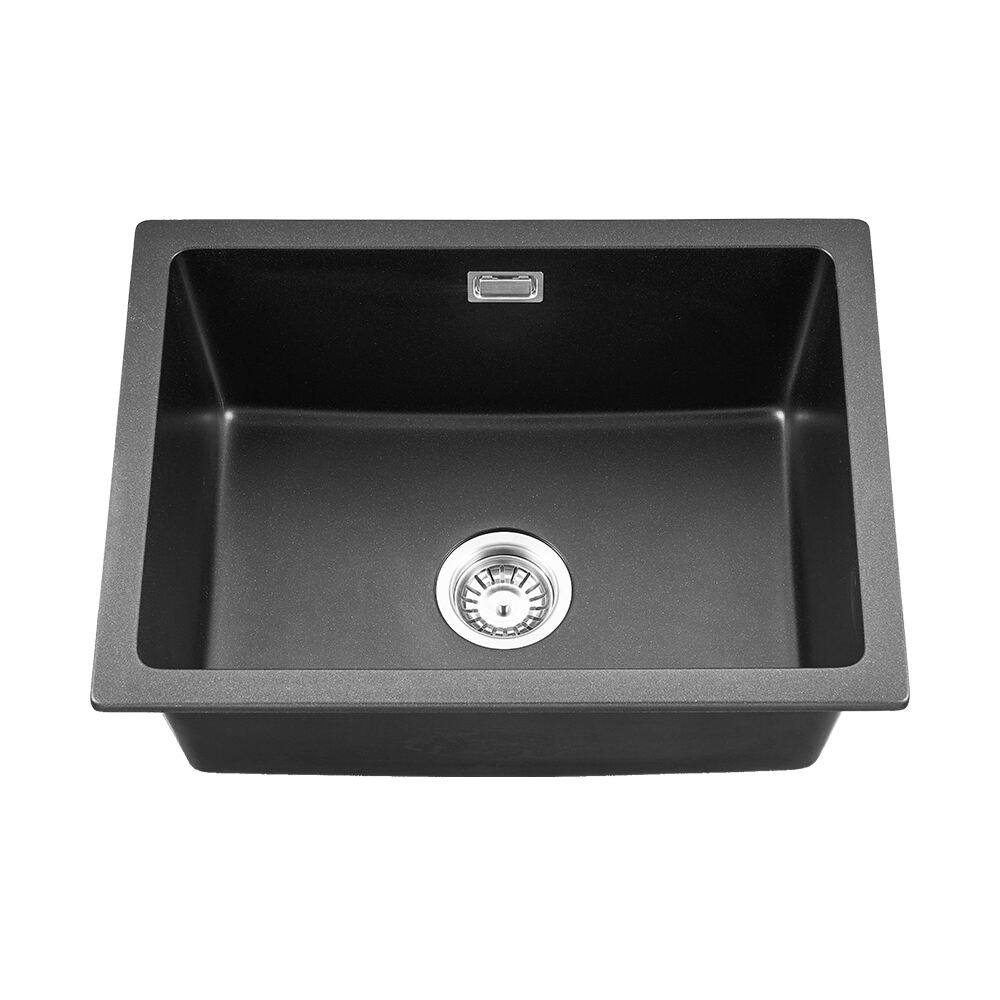Understanding the Natural Durability of Granite Kitchen Sinks
When it comes to kitchen fixtures that combine elegance with exceptional durability, granite sinks stand in a class of their own. These remarkable fixtures are crafted from a composite material that contains up to 80% natural granite stone particles, bonded together with high-grade acrylic resins. This unique composition creates a surface that's not only aesthetically pleasing but also inherently resistant to daily wear and tear.
The resilience of a granite sink stems from its innovative manufacturing process, where crushed granite stone is mixed with advanced polymer resins under high pressure and temperature. This fusion results in a nearly impenetrable surface that naturally resists stains, scratches, and other common kitchen mishaps that would easily damage conventional sinks.
The Science Behind Granite Sink Protection
Molecular Structure and Stain Resistance
The exceptional stain resistance of a granite sink is rooted in its non-porous surface structure. Unlike natural stone surfaces that require regular sealing, the composite nature of granite sinks creates an ultra-dense material where liquid molecules cannot penetrate. This means that even notorious staining agents like red wine, coffee, or beetroot juice simply sit on the surface rather than being absorbed.
The acrylic resin component plays a crucial role in this protective feature, creating microscopic barriers between granite particles that prevent any substance from finding its way into the material. This seamless integration of natural stone and modern technology ensures that your sink maintains its pristine appearance with minimal maintenance.
Physical Properties and Scratch Prevention
The scratch resistance of granite sinks comes from the incredible hardness of the granite particles themselves. On the Mohs scale of mineral hardness, granite ranks between 6 and 7, making it one of the most durable materials used in kitchen fixtures. This natural hardness is further enhanced by the manufacturing process, which creates a surface that can withstand the daily impact of pots, pans, and utensils.
The composite material's flexibility also plays a role in preventing scratches. While the surface is extremely hard, it has just enough give to absorb impact without showing wear. This means that dropped dishes or sliding cookware are less likely to leave marks or scratches on the surface.

Protective Features and Daily Usage
Heat Resistance Properties
A granite sink's ability to resist heat damage is another remarkable feature that contributes to its longevity. The natural thermal properties of granite, combined with the stabilizing effects of the resin binding, allow these sinks to withstand temperatures up to 280°C (536°F) without any surface damage or discoloration.
This exceptional heat resistance means you can place hot pots and pans directly in the sink without worry. The material's thermal stability prevents thermal shock damage that might crack or warp other sink materials, making it an ideal choice for busy kitchens where cooking activities are constant.
Impact and Chemical Resistance
The robustness of granite sinks extends to their impressive impact resistance. The composite material's structure distributes force across its surface, preventing chips and cracks that might occur with ceramic or stainless steel sinks. This makes them particularly suitable for heavy-duty kitchen use where pots and pans are frequently handled.
When it comes to chemical resistance, granite sinks excel in protecting against common household cleaners and acids. The non-reactive nature of both the granite particles and the binding resin ensures that harsh chemicals won't etch or damage the surface, maintaining its integrity over years of use.
Maintenance and Long-term Care
Daily Cleaning Practices
While granite sinks are incredibly resilient, proper maintenance helps ensure their protective properties remain effective. Simple daily cleaning with warm water and mild soap is usually sufficient to maintain the sink's appearance. The non-porous surface prevents bacteria growth and makes cleaning effortless, as debris and stains can't penetrate the material.
Regular wiping after use helps prevent any potential water spots or mineral deposits from forming. Unlike natural stone that requires specialized cleaners, granite sinks can be maintained with standard household products, making them both practical and cost-effective.
Preventative Care Measures
Although granite sinks are highly resistant to damage, implementing some basic preventative measures can help maintain their pristine condition. Using a bottom grid can provide additional protection against heavy pots and pans, while also improving drainage and preventing dish scratches.
Avoiding abrasive cleaning tools and harsh scouring pads helps preserve the sink's surface finish. The natural resilience of granite composite means that even if some minor scratches do occur, they're typically less noticeable than on other materials due to the material's consistent color throughout.
Frequently Asked Questions
Can I use bleach on my granite sink?
While granite sinks are highly resistant to chemicals, it's best to avoid using pure bleach or harsh chemical cleaners regularly. Mild soap and water are sufficient for daily cleaning, maintaining both the appearance and protective properties of your sink.
Will my granite sink lose its protective properties over time?
The protective properties of a granite sink are integral to its material composition, not just a surface treatment. Therefore, these properties won't diminish over time with normal use. The sink will maintain its resistance to stains and scratches throughout its lifetime.
How does the durability of a granite sink compare to stainless steel?
Granite sinks typically offer superior scratch and stain resistance compared to stainless steel. While stainless steel can show scratches and water spots easily, granite's natural properties and composite construction make it more resilient to daily wear and tear, often maintaining its appearance better over time.



